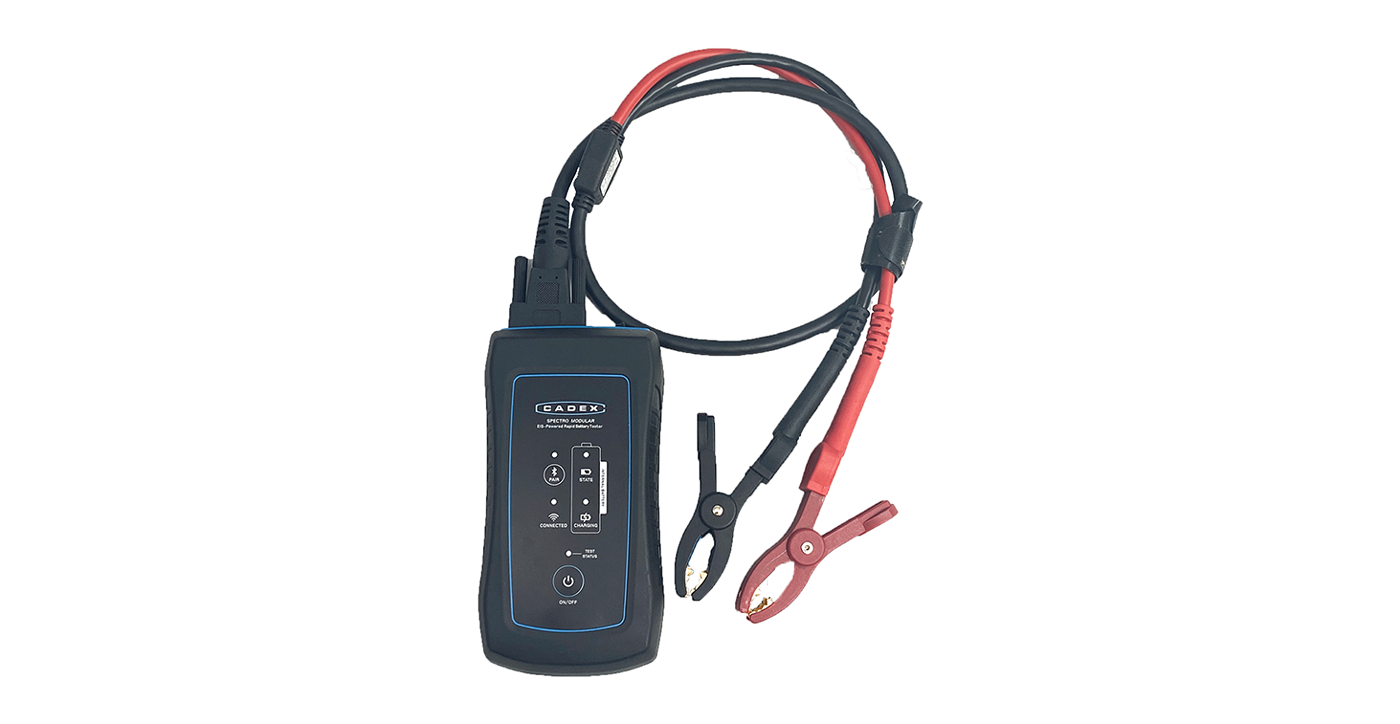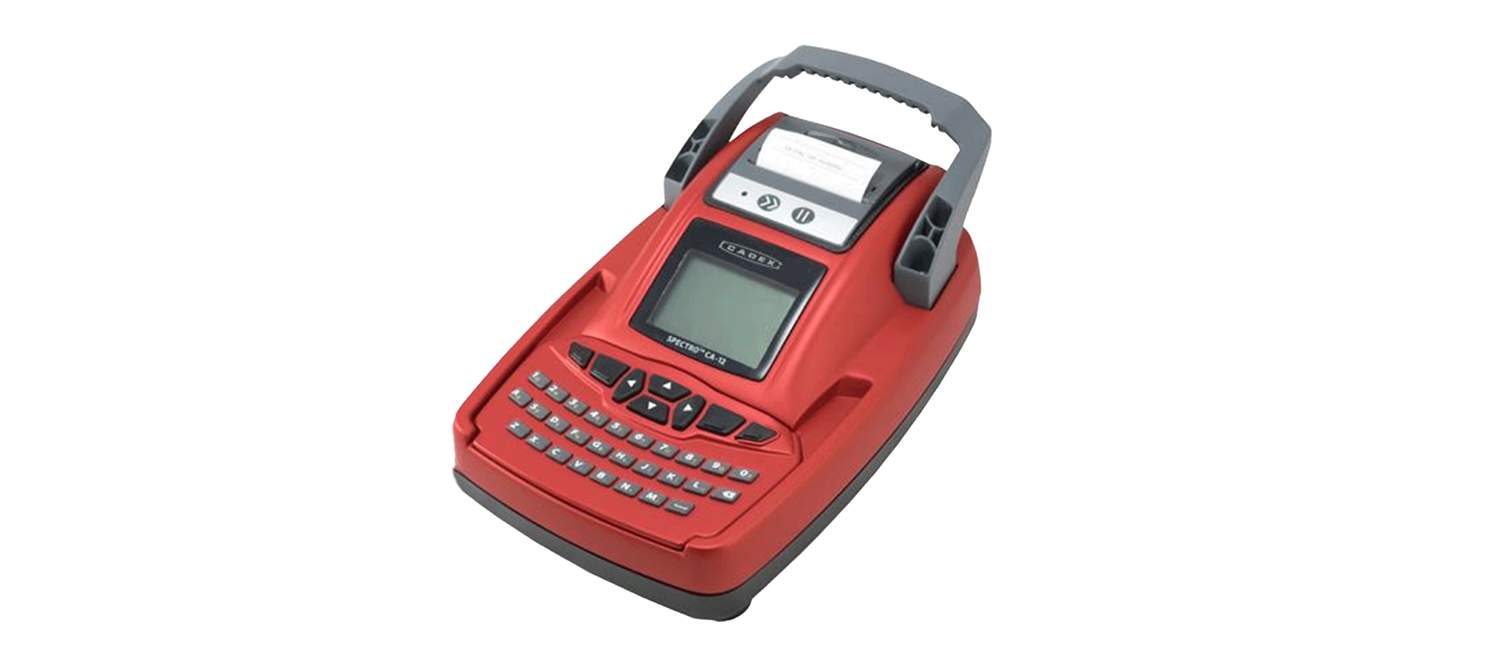Spectro Battery Rapid Testers
Cadex was first to measure battery capacity by Electrochemical Impedance Spectroscopy (EIS) using multi-model technologies. Spectro™ test devices are non-invasive, compact, cost-effective and easy-to-use.
U.S. PATENT 6,778,913 (2004): Multiple model systems and methods for testing electrochemical systems.
U.S. PATENT 7,072,871 (2006): Fuzzy logic method and apparatus for battery state of health determination.

